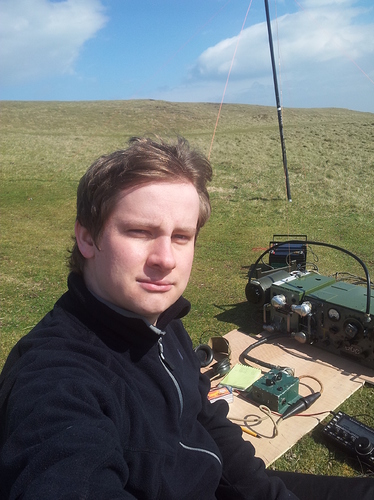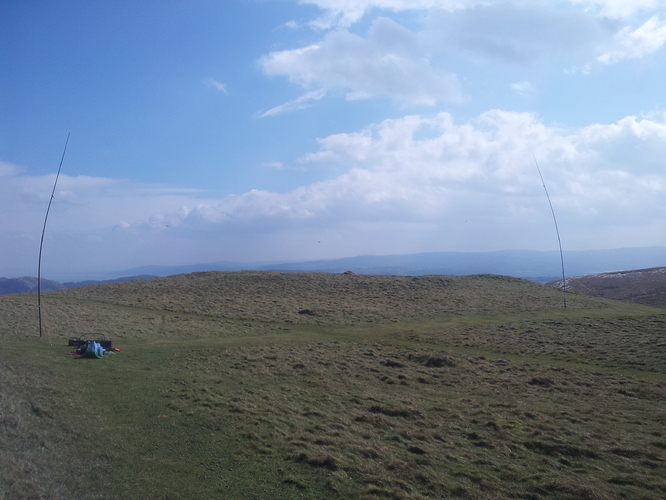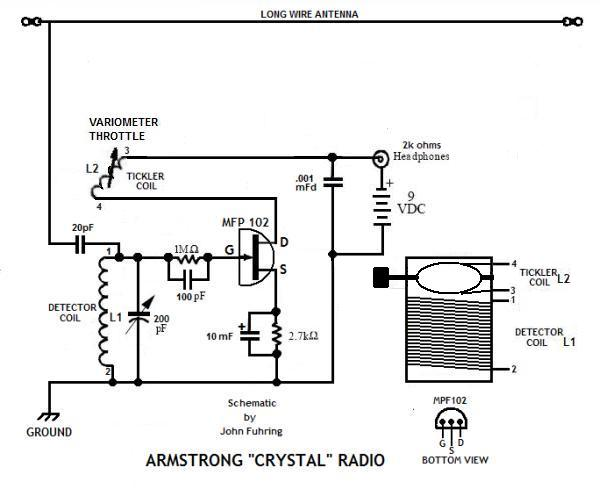Hi Ed,
It is most likely that the DSP settings on transmit are applied to the audio passband before the modulator, so for a double sideband AM transmission, restricting the audio frequency response to 2.5 kHz for example, means the AM bandwidth will be nominally 5 kHz. There is no way I can think of for getting a simple AM modulator to apply different bandwidth to individual side bands. They are naturally occurring mirror images of each other, as we all learned in our fundamental studies to get our radio licences. So to limit the nominal bandwidth of an AM transmission to 2.7 kHz, you would need to limit the audio bandwidth to half that figure. Unfortunately the AM signal would sound very muffled and unclear, because as we all learned in our basic theory classes, voices require frequencies above 1.5 kHz and up to about 2.5 to 3 kHz to give clarity and in practice to provide better penetration of QRM. You can simulate the effect of restricting the upper frequencies from a voice signal using the IF Shift control on most modern radios. The pitch of the voice stays the same but you can cut off the top frequencies or the lower frequencies, depending on which way you turn the IF shift.
So, all that discussion about the bandwidth of AM transmissions refers to double sideband AM, conventional AM. But what some specific radios do is to reinsert some carrier onto a single sideband transmission. If you restricted the audio bandwidth before the modulator to 2.5 kHz then your transmission bandwidth of a single sideband plus carrier would comply with the 2.7 kHz rule.
Finding out how your radio transmits AM is something each operator can do.
And you can even find out without using your manual - use a separate radio in SSB mode tuned to the exact frequency of the radio transmitting AM mode into a dummy load and switch the receiver between the sidebands, USB and LSB. If the LSB signal is clear and strong but the USB signal is weaker and muffled, then the transmitter under test is using single sideband transmission with re-injected carrier. But if the two sidebands sound identical, you know it is transmitting double sideband or conventional AM. This test takes less time to carry out than to describe.
Let’s just hope none of those pesky 5 to 10 kHz wide signals from FT817s and TS2000s and ART13s creep over the border and interfere with the refined narrow 2.7 kHz signals within Germany. (I somehow doubt whether the authorities have really thought this through.)
Each operator needs to satisfy himself that his or her transmission will not interfere with existing users, ie choose a frequency where both USB and LSB are vacant.
I hope that concerns about bandwidth won’t cause more interference than necessary with this very short AM experiment on the coming weekend.
73 Andrew VK1DA/VK2UH






